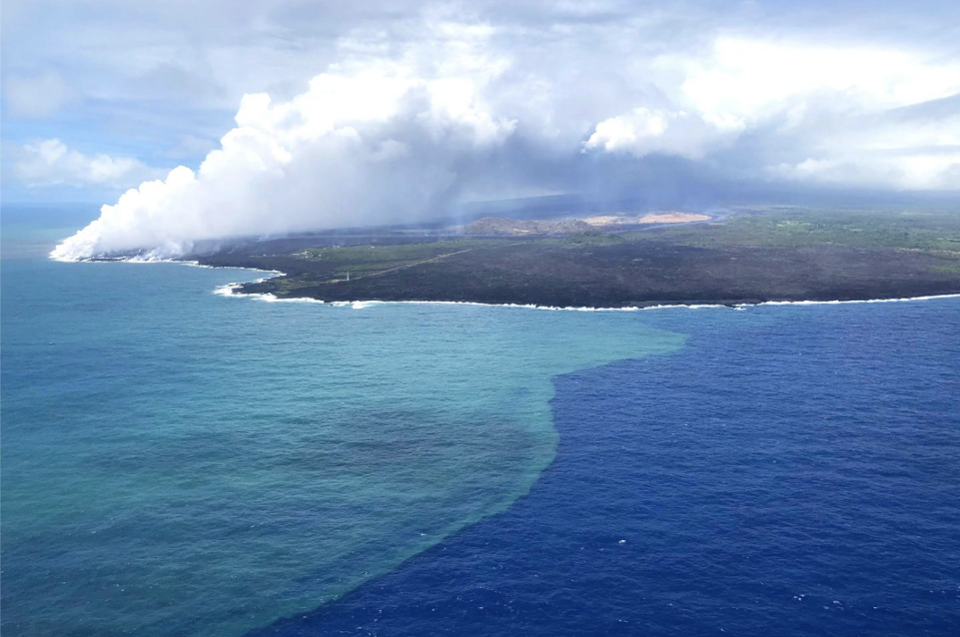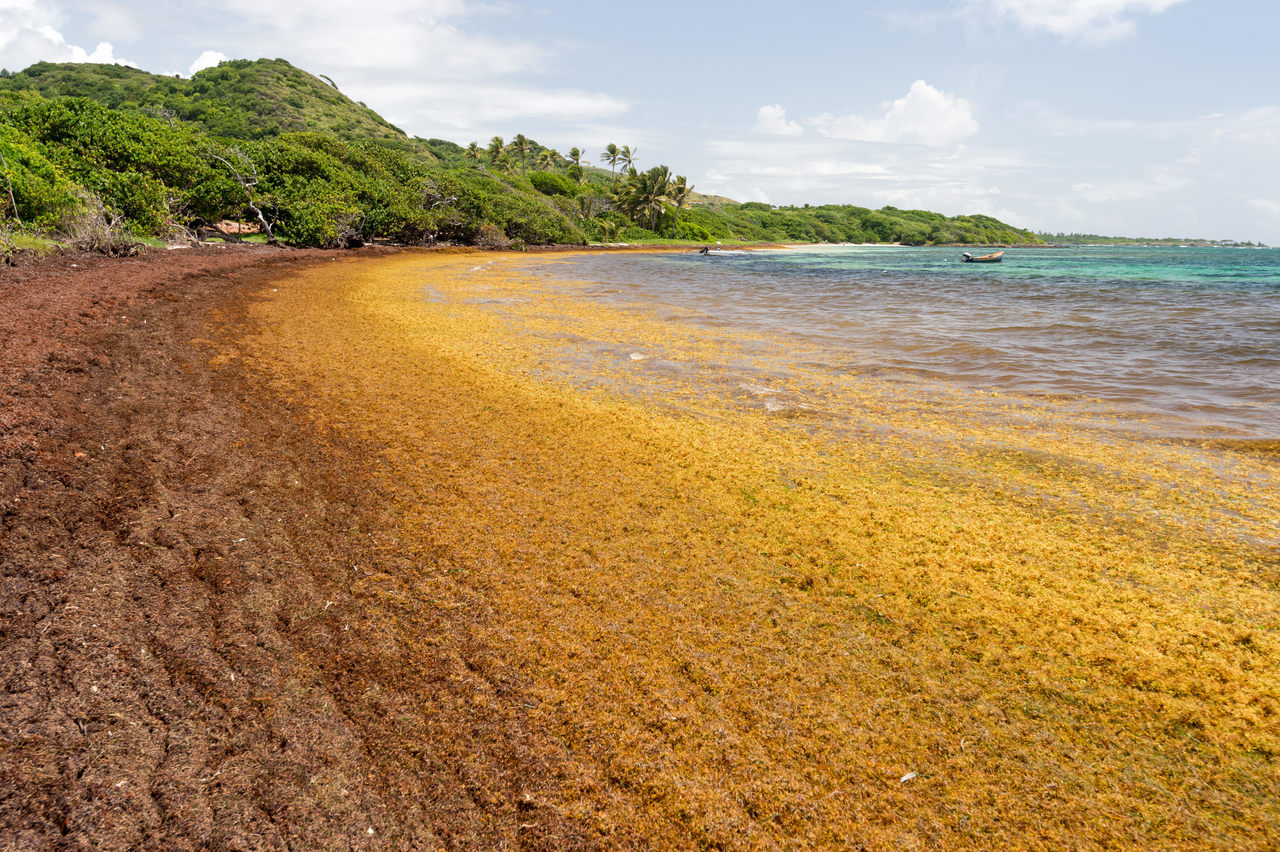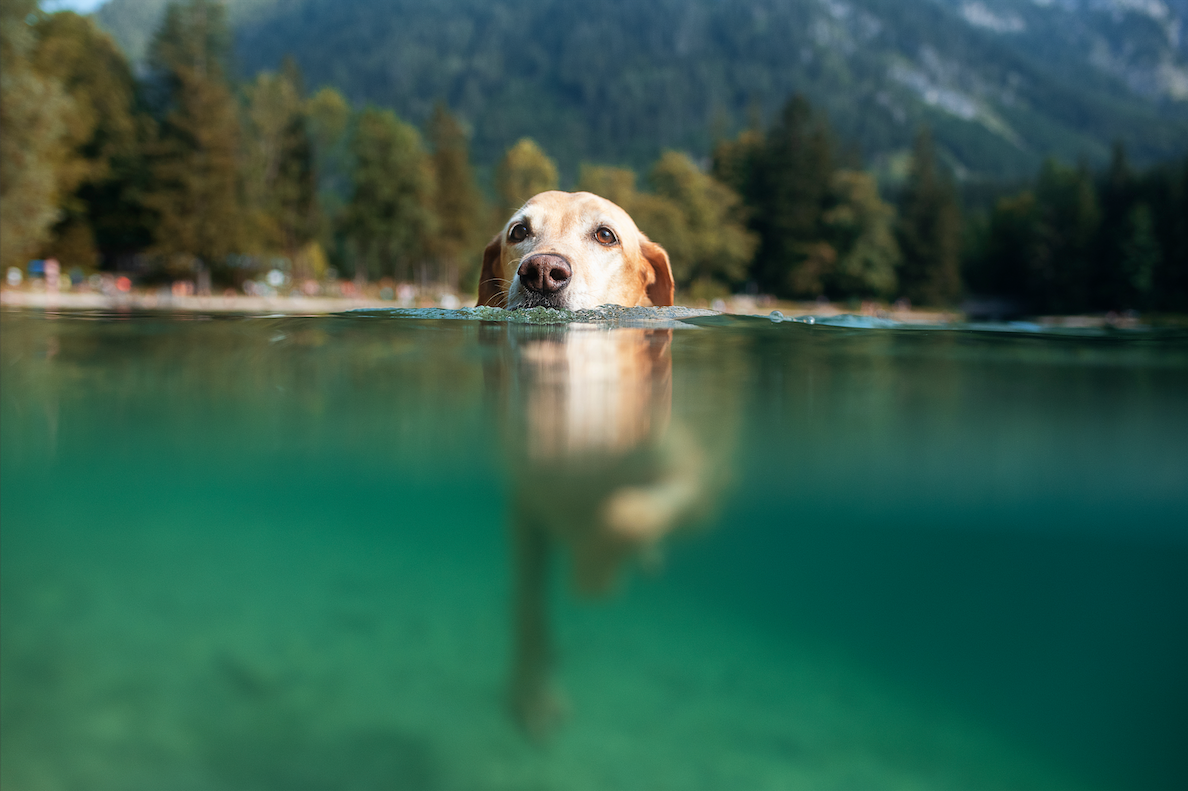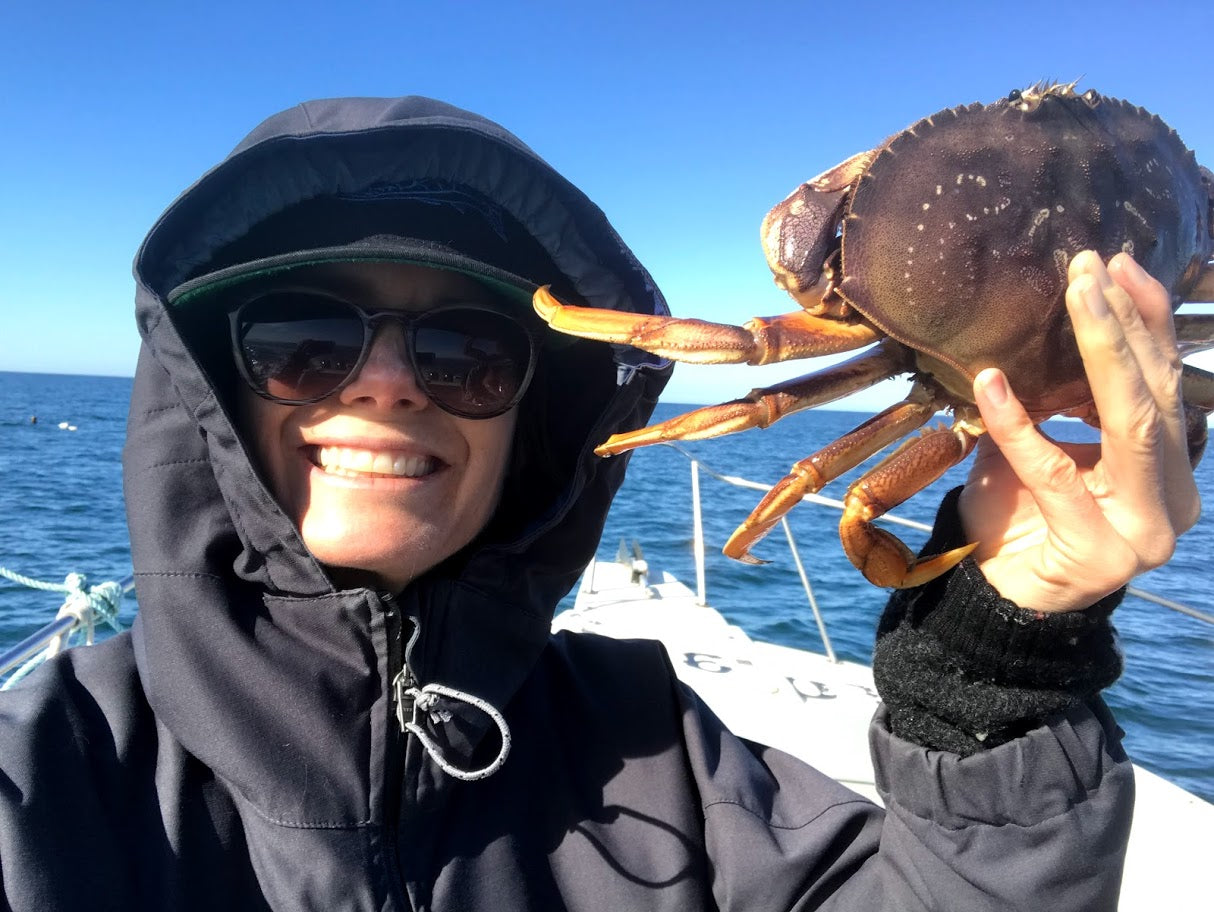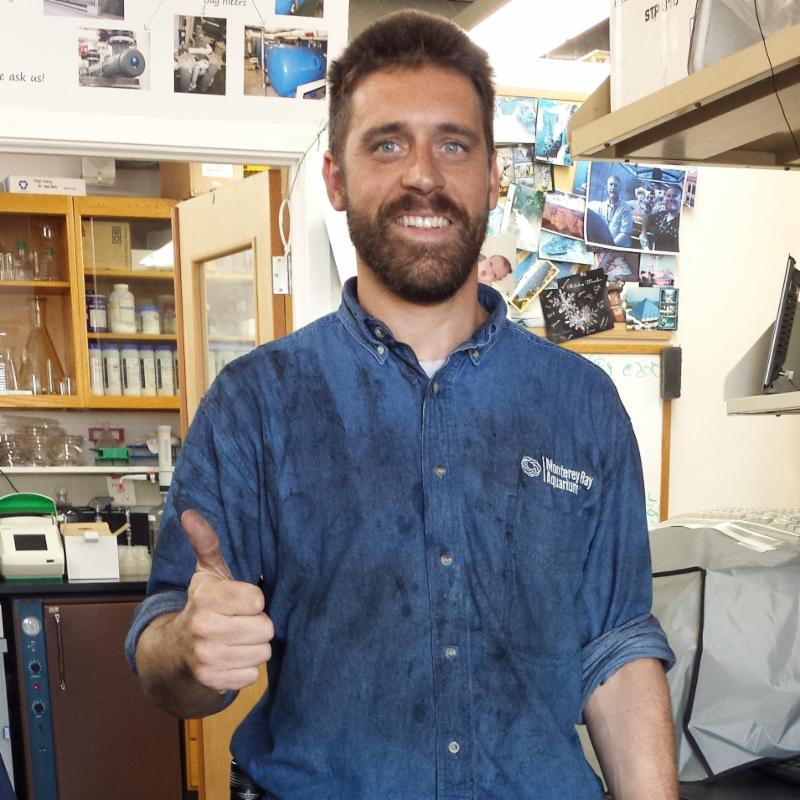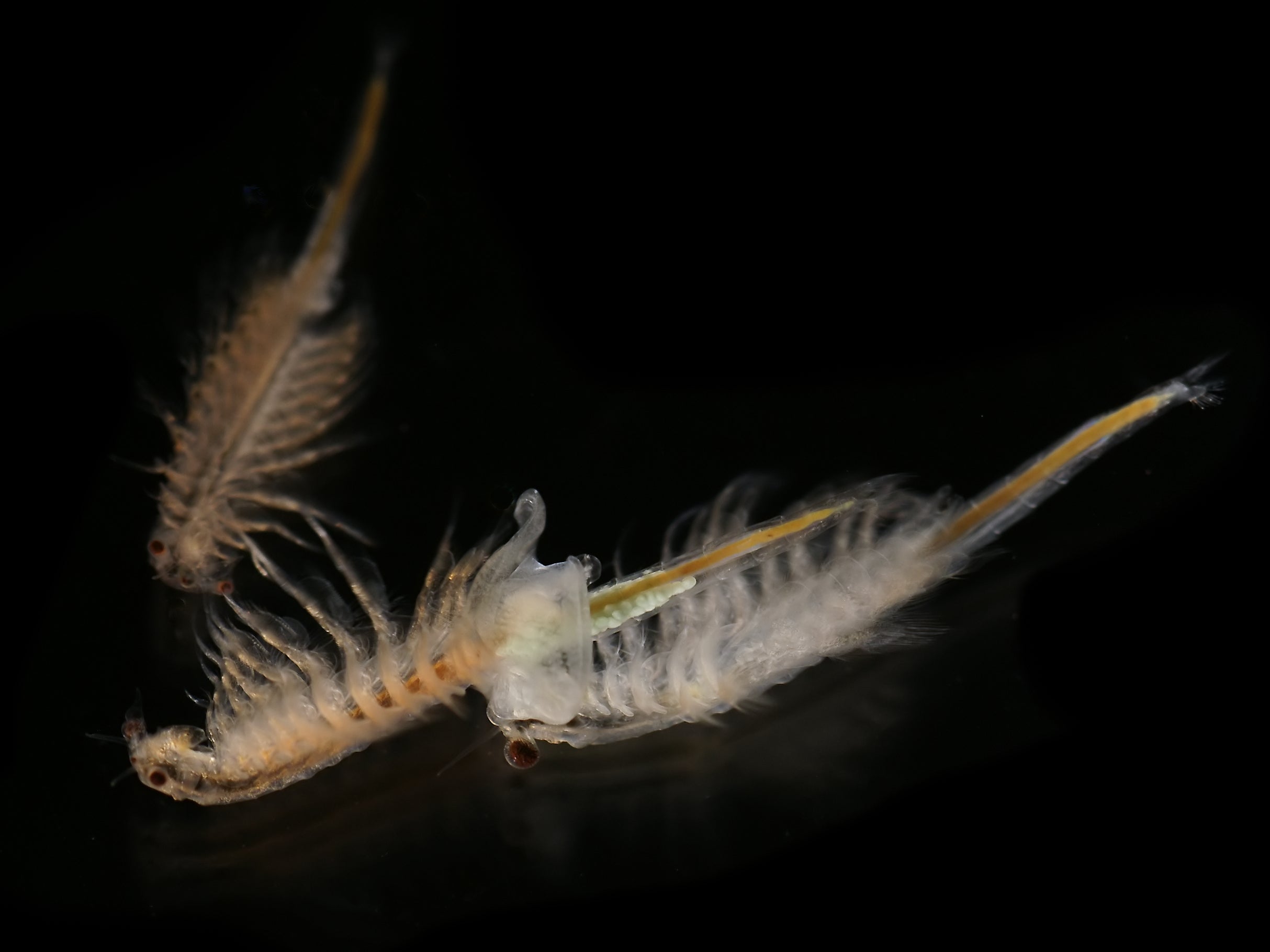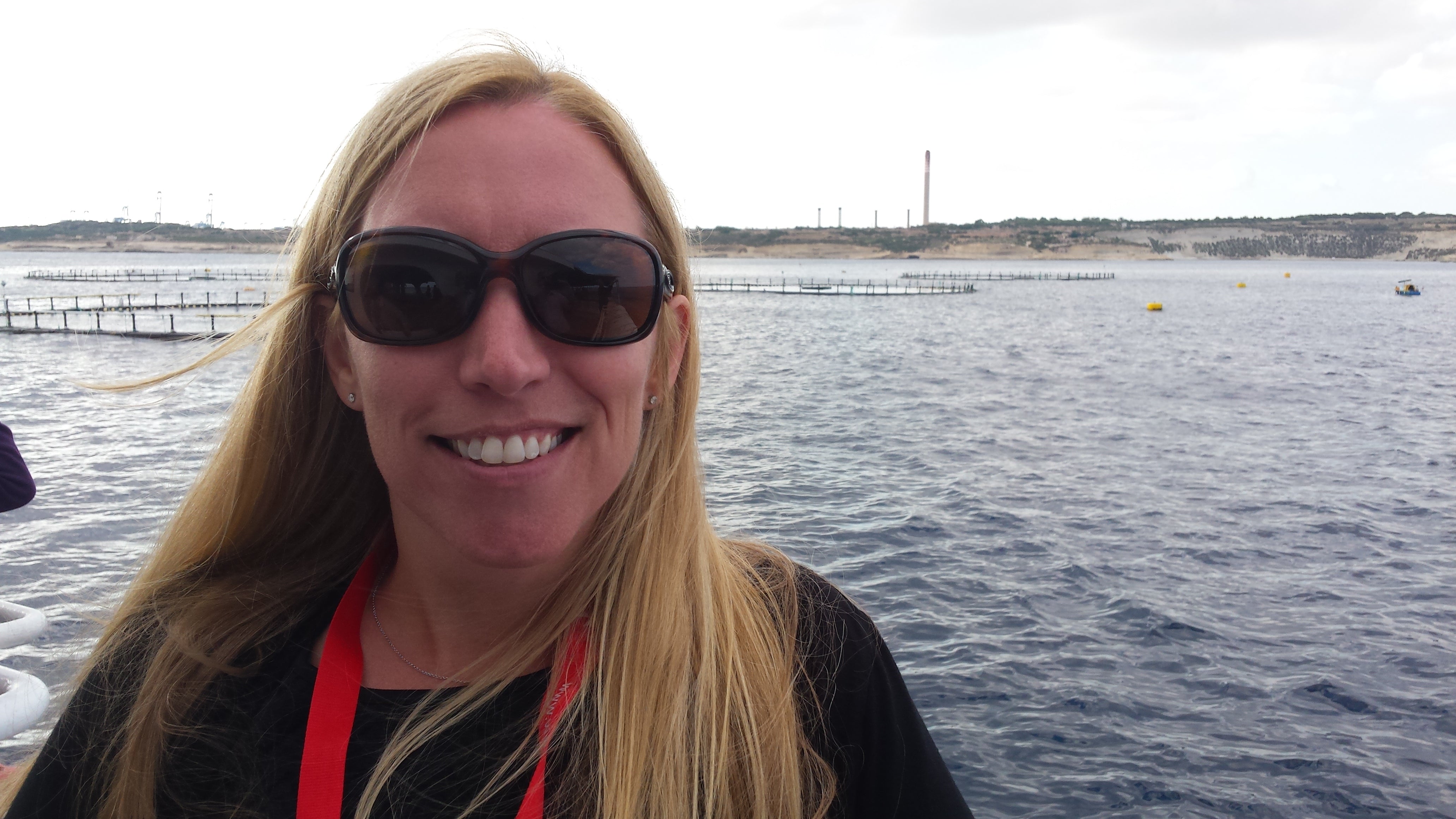News
- All
- algae
- algae biofuel
- algae bloom
- algae culture kit
- alkali water
- arthrospira
- can you eat fresh algae?
- carbon dioxide
- climate change
- International space station
- ionized water
- Kangen water
- Lipid extraction
- Micro Marine Maintenance
- Microplastics
- oil spill
- phosphate
- Photosynthesis
- pigment extraction
- Porphose
- research projects
- Science Blog
- science fair
- secchi disk
- space algae
- Spirulina
- toxic algae
- voucher
Kilauea Eruption Triggers Massive Algae Bloom
Although the eruption of the Kilauea volcano in July of last year caused much damage on the surface, the tons of lava flowing into the sea stimulated a massive algae bloom. The bloom was so large it was seen from...
How Hurricane Dorian May Affect Largest Ever Algae Bloom
The largest algae bloom in history is of Sargassum, a stringy, brown seaweed that serves as food and refuge for marine life. The large bloom of Sargassum stretches over 600 miles along Floridian and Mexican beaches, and appears to be...
Toxic algae blooms have become increasingly common in recent times, with its thick film covering beaches and lakes in areas across the globe. These blooms are toxic to humans, exposure can cause severe illness including vomiting and respiratory issues- depending...
Our Interview With Melissa Mahoney
We interviewed Melissa Mahoney, a fisheries policy manager who is passionate about creating healthy ocean and fishing communities. Melissa hopes to help with better management of fish resources in a step towards creating a cleaner future. What is your occupation? ...
Toxic Algae Bloom Along the Coast of Mississippi
The week of July 8, toxic algae blooms have forced the closure of many Mississippi beaches along the Gulf Coast. Beach goers can still enjoy the sun and the sand, but are strongly warned not to contact the...
Our Interview With Brian Maurer
We interviewed Brian Mauer, a Water Systems Manager at the Monterey Bay Aquarium. His job is to maintain the life support systems for all the animals at The Monterey Bay Aquarium. What is your occupation? Water Systems Manager at the...
A harmful algae bloom is when a species of algae grows out of control in freshwater or marine environments and harms surrounding humans and wildlife. Harmful algae blooms (HABs) can occur in any conditions. Some prefer favorable...
Are Brine Shrimp Indestructible?
It is known that dormant brine shrimp cysts can survive most any conditions, whether it be extreme weather, a violent environment, or even outer space. However, are adult brine shrimp as durable? A few months ago, Erin, one of our...
Our Interview With Shana Miller
We interviewed Shana Miller, an international fish conservationist for The Ocean Foundation to learn about careers in environmental conservation, and what conservationists believe is top priority in educating the next generation. Algae Research Supply’s Interview of Shana Miller What is...



